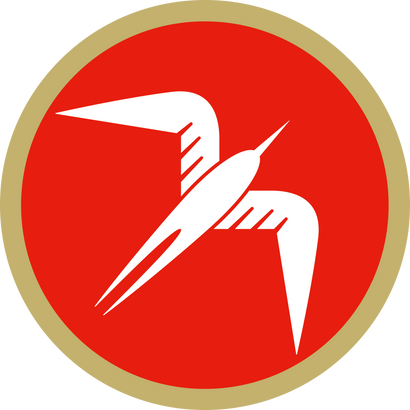
Origin Trip - Honduras 2019 Part 1 -
Honduras is sandwiched between Central and South America, Guatemala and Nicaragua, and has El Salvador as a neighboring country to the southwest.
This route will take about 17 hours from Japan to Houston, and we will first head to Tegucigalpa, the capital of Honduras located slightly south, and then drive west for 3 hours to reach our destination, Marcala.
The reason I come to Marcala every year is to visit El Pantanal producers Marizabel Caballero and Moisés Herrera (commonly known as Caballero), but this time I was able to cup coffee from other new producers and then visit their farms. I went to
When you come to the production area and cupping, if the farm does not have a cupping facility like Caballero, you can cup a lot of coffee at the agent's lab that collects coffee from small producers in the surrounding area and looks for a buyer. most of the time.
On this day, I cupped 34 types of coffee around Intibuca at Agent Ronnie's lab.
Cupping at the production area is basically the same as cupping at a roaster or coffee shop, but the taste is different.
First, because the coffee has just finished refining, the flavor is often difficult to discern.
Also, the roast may not be as deep as you are used to, and the water quality, grind size, and temperature may not be perfect.
In such an environment, we assess the quality and flavor of the coffee, anticipate how delicious it will be when it arrives in Japan and make a cup of coffee (although it is completely impossible), carefully evaluate and select. .
The next day, I went to the farm of the producer who I really liked for this cupping. I haven't decided whether to buy it or not, so I won't write about it in detail, but it was a very small family-run farm located at an altitude of about 1730m .
Cultivars cultivated are Bourbon, Catuai, Catimor and Lempira .
The Intibuca area had a completely different climate from the Santa Barbara area such as Nelson Ramirez , and the land was very dry. Many pine trees can be seen in the surrounding area.
Pine trees produce acid, so the coffee was fed with fertilizer and soil mixed with lime.
Coffee growing areas in Honduras are mainly in the western part of the country and can be divided into three different climates.
The north, such as Santa Barbara , has a very wet climate.
In the south, Intibuca and La Paz have a very dry climate, with a mixture of dry and moist air in between.
We buy coffee from Mario Moreno, Nelson Ramirez in the northern part of Santa Barbara and Marysabel & Moises in the southern part of La Paz , so I think we can enjoy the different flavors of each area and climate.
Let me write a little bit about this year's El Pantanal here.
The situation on the farm this year is quite good in terms of quality.
Marisabel said she was happy that this year it rained just the right amount when she needed it.

El Pantanal Catuai healthy leaves

Coffee trees seen from the bottom of the El Pantanal lot
Pantanal means marshland, and in winter it was especially watery and muddy.
It was originally said to be unsuitable before growing coffee, but now it grows great coffee.

El Pantanal is on the left of the white grove in the middle. Plot Amazonas growing Tim's Java seeds from its right .

The coffee growing environment is also good, but the biggest change is the process in the wet mill (refining facility).
Until last year, after the fermentation process, the parchment was washed in a washing channel, which is common in Ethiopia, and the beans were sorted by weight. is washing. This has allowed us to save a lot of water.
In coffee refining, the wastewater used in the process pollutes the surrounding environment, so it must be filtered step by step before being discharged. I don't know how many farms take thorough measures to deal with wastewater, but here we try to minimize wastewater as much as possible, and we also thoroughly filter wastewater.
So, if you don't sort by weight, how do you remove the floaters (immature light beans)?
It is made possible by adding two more steps.

This machine sorts by weight.

In addition, this machine made in Japan performs color identification.
The investment cost of these machines is huge, and the process itself takes time, but it can sort more accurately and cut off a lot of wastewater. It's an ideal investment.
And the investment capital comes from the money paid for drinking this coffee.

Drying process manager: Wilfredo Flores (Will) & El Pantanal
I think that coffee made in this way will continue to develop with the goal of making both the producer, the surrounding environment, and the consumer happy.
The second part will be posted after I visit Santa Barbara in April.
-------------------------------------------------- ------------
If you would like to subscribe to our newsletter, you can register here .



